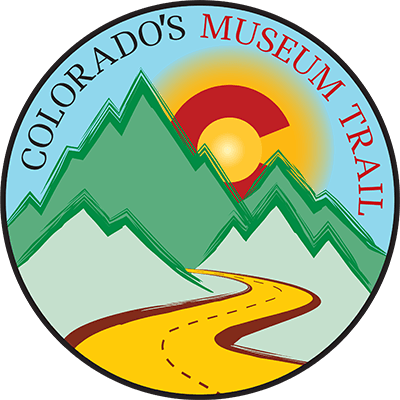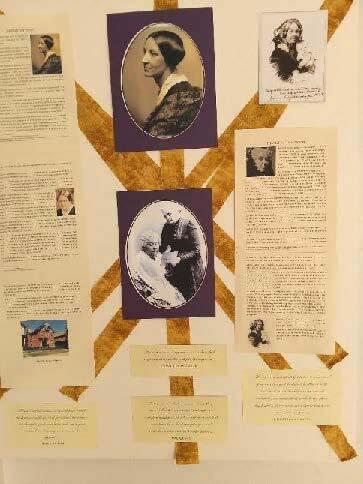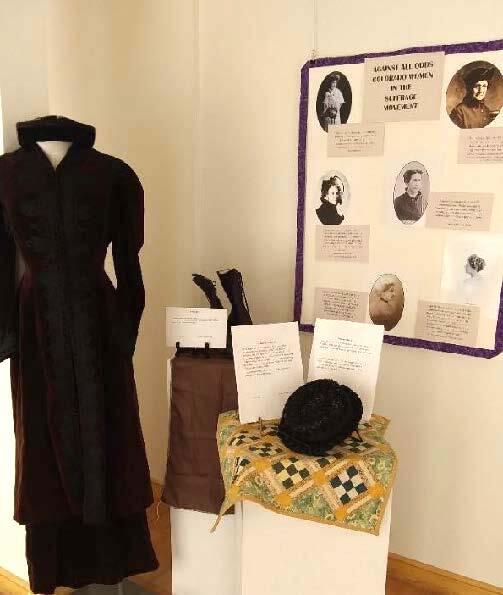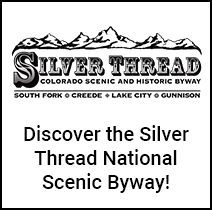19th Amendment Exhibit at Rio Grande County Museum
The Colorado Story of Suffrage has also been documented with many different parts of the story. The 1875-1876 Constitutional Convention did not give women suffrage but left a means to gain the right to vote in the document, eventually led to the referendum that was approved by the voting electors on November 7, 1893. Colorado was the first state to give women the right to vote by using a general election for the referendum. Wyoming Territory was the first in the nation to give women voting rights in 1890. This was gained by the Territorial government passing the law to do so.
The museum will host a reception/open house for the exhibit on February 29th starting at 10:00 a.m. Light refreshments will be served
It is a good time to see the museum, the changes and talk to the museum staff about the suffrage exhibit and the other happenings in the museum.
Check out the Rio Grande County Museum
video by Patrick Shea about the exhibit. Patrick has done a great job getting this story into a video. He tells some of the story with photos. It is about 90 seconds long and is definitely worth watching.
For more information, please contact the Rio Grande County Museum at (719)657- 2847, our Facebook page or email rgmuseum@riograndecounty.org. Hours are Tuesday - Friday 10am to 4pm and Saturday 10am to 3pm except on days of events.
by Louise Colville
This year marks the 100th anniversary of the passage of the 19th Amendment to the United States Constitution. The Amendment was ratified by 36 states with Tennessee being the 36th state to ratify it on August 18, 1920. This was the end result of over a century and half of women and men working to achieve this goal.
Of course, as with any political movement, there were two sides to the story. The anti-suffrage movement worked probably as hard to get their views heard. This movement was also made up of women and men who felt that giving women the vote was not a good idea.
The Rio Grande County Museum has documented stories about the men and women who worked to gain the right to vote for women. Panels have been designed to show the national suffrage leaders such as Susan B. Anthony; Lucretia and James Mott; Elizabeth Cady Stanton, Matilda Joselyn Gage, Lucy Stone, Sojourner Truth, and more.
















